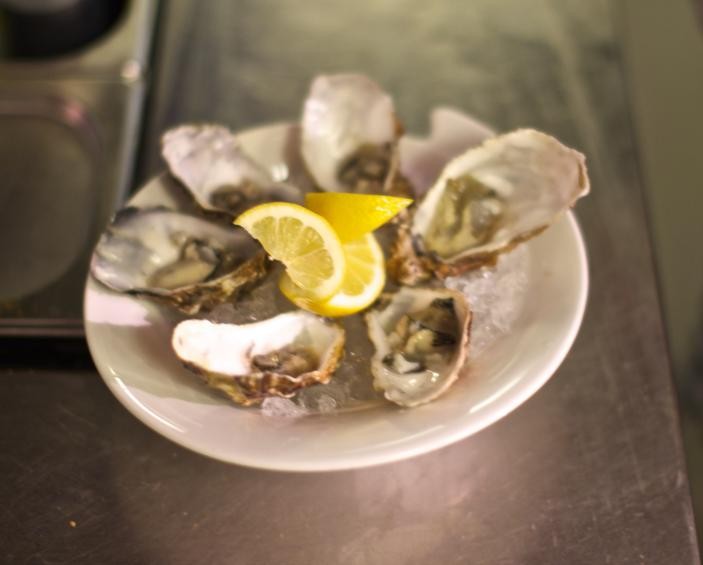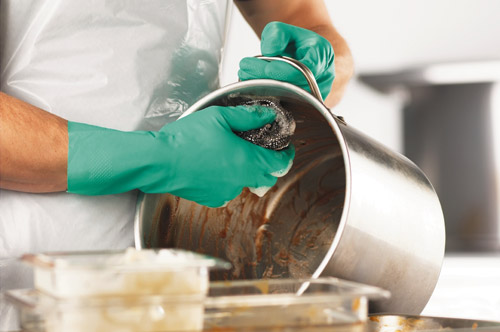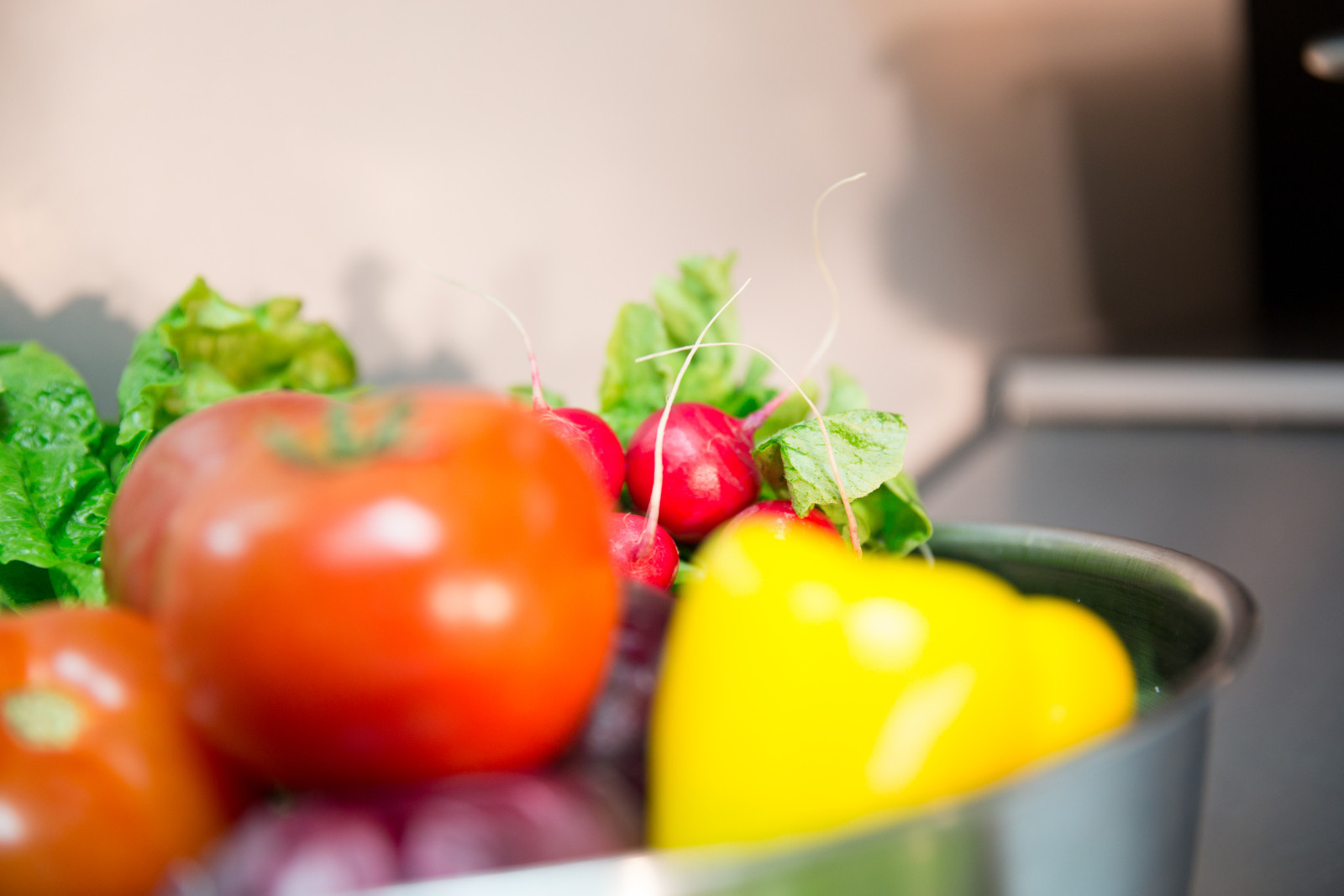Ongoing Outbreaks: What We Can Learn from the Most Recent Carrot and Cucumber Outbreaks
Last month in our blog, we highlighted the recent E. Coli outbreak stemming from onions served at McDonald’s restaurants. In our blog, we highlighted some key considerations when serving fresh produce that often lacks the kill step that we have with most proteins. However, since that blog was published, we’ve had two more high profile outbreaks across the United States involving fresh produce.
In November, a recall was initiated by a company when their carrots, which were packed as both a standalone product (whole organic carrots) and in organic and conventional vegetable medley packages after it was suspected that they may have been contaminated with E. coli O121:H19. As of late November 2024, investigations by the FDA and CDC have linked contaminated carrots to over 39 illnesses, 15 hospitalizations, and one death.
Cases span the US, including states from Washington, Oregon, and California to states as far east as New York and Massachusetts. The carrots in question were distributed by a national brand and primarily sold at large retail chains. The FDA has issued a recall of the implicated products, urging consumers to check their purchases and discard affected items. The source of contamination appears to be linked to agricultural water used during irrigation.
Almost simultaneously, a Salmonella Typhimurium outbreak has been tied to fresh cucumbers distributed to 36 states. As of this writing in early-December 2024, the outbreak has resulted in 68 reported illnesses across 19 states, with 18 hospitalizations. While no fatalities have been recorded, the widespread nature of the contamination has prompted significant recalls, affecting not only whole cucumbers but also prepackaged salads and sushi products containing the cucumbers.
Retailers and distributors are cooperating with the FDA to remove affected products from store shelves. But for consumers and foodservice operators, it is recommended to avoid eating or serving cucumbers unless you can confirm their origin and safety.
…both of these outbreaks underscore the risk of cross-contamination during food handling and processing.
There isn’t much more that I can add to last month’s blog post related to handling fresh produce, but both of these outbreaks underscore the risk of cross-contamination during food handling and processing. While cucumbers are often considered low risk in terms of contamination, improper handling during washing and packaging can easily spread harmful bacteria. Many times our employees don’t always consider these as “potentially hazardous,” but we must ensure that we follow the same strict sanitation protocols that we require with meat products to prevent cross-contact between contaminated and uncontaminated products.
These incidents underscore the importance of maintaining rigorous safety standards at every step of the food supply chain. From farming to processing and distribution, gaps in safety practices can lead to significant public health risks. Foodservice managers play a role in this system by staying informed about recalls and acting upon those recalls quickly.
As federal agencies continue to investigate these outbreaks, ongoing collaboration between regulators, producers, and foodservice operators is essential to preventing future incidents and ensure a safer food supply. Risk Nothing.
READ MORE POSTS
Food Gloves & Latex Allergy Education
Politicians joke about the endless stretch of rubber chicken dinners they may consume in an election year. For people with a latex allergy, such a prospect may be no laughing matter. While latex serves as an effective barrier glove material and has the best fit because of its elasticity, the risks associated should not be ignored. The solution is not simple and many options are available for operators today. It should always be mentioned that handwashing (before putting on gloves) is always the primary barrier to contamination and gloves are considered a good secondary barrier.
Foodborne Illness Myths & Facts
“It must have been something I ate.” That’s the typical statement when a person develops some relatively minor symptoms from food. Maybe not severe enough to go to the doctor so you choose to tough it out without medical care. Sudden onset of flu-like symptoms such as onset of stomach cramps, diarrhea, vomiting and fever could possibly mean you are the victim of a foodborne illness. The illness is sometimes referred to as “food poisoning”, but it’s often misdiagnosed.
Don’t Compromise: Clean and Sanitize
The subject is cleaning and sanitizing. Chefs, food service directors, managers and staff try to practice safe food-handling at every turn in the kitchen. Don’t let that effort go down the drain by slacking off on the many aspects of sanitation. That includes dish and ware-washing techniques (pots, pans, equipment), and cleaning all the areas that give us that “neat as a pin” appearance in your customers eyes. Customers seldom fail to bring that soiled silverware or glass with lipstick on it to the attention of the manager or wait staff. Improperly cleaning and sanitizing of food contact equipment does allow transmission of pathogenic microorganisms to food and ultimately our customer.
The Route to Safer Fresh Fruits and Vegetables
Although fruits and vegetables are one of the healthiest foods sources in our diet, we continue to have foodborne disease outbreaks of significance from produce, sometimes affecting large groups of people in multiple states because of their wide distribution. The CDC estimates that fresh produce now causes a huge number of foodborne illness outbreaks in the United States. Produce needs our continued food safety efforts at the restaurant level as well as at the stages in agricultural production. Occasionally, fresh fruits and vegetables can become contaminated with harmful bacteria or viruses, such as Salmonella, E. coli 0157:H7, Norovirus, and Hepatitis A. This contamination can occur at any point from the field to our table. If eaten, contaminated fruits and vegetables can cause foodborne illness.










